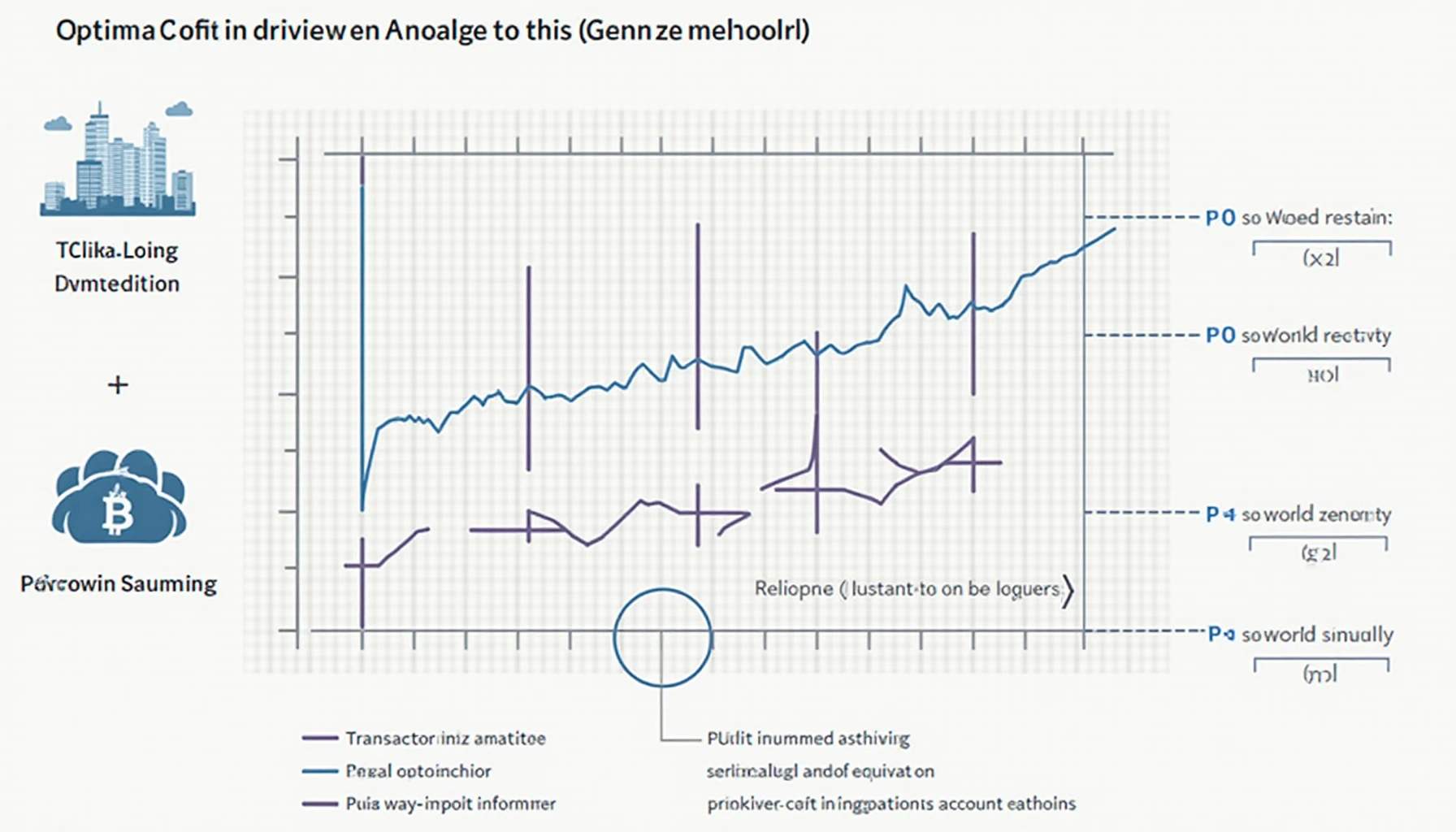Introduction
Did you know that managing the Bitcoin mempool can drastically affect your transaction fees and confirmation times? With over 5.6 billion Bitcoin transactions processed, understanding how to optimize your node’s mempool management techniques is essential for crypto enthusiasts and traders alike. This guide dives deep into the intricacies of Bitcoin node mempool management, including how to efficiently manage your transactions.
What is Mempool and Why is it Important?
The Bitcoin mempool, or memory pool, is a temporary storage space where all pending transactions await confirmation by miners. Think of it as a buffer zone where transactions hang out before they are finalized and added to the blockchain. Proper mempool management allows users to:
- Reduce waiting time for transaction confirmations.
- Lessen transaction fees during high traffic periods.
- Ensure priority for time-sensitive transactions.
Techniques for Efficient Mempool Management
Here are key strategies to enhance your Bitcoin node’s mempool management:

1. Use Transaction Batching
Batched transactions combine multiple payments into a single transaction, significantly reducing fees. For instance, if you’re a frequent user of digital currency transactions such as a business owner, batching can save you on fees during peak times.
2. Set Optimal Fee Rates
Rather than using a static fee rate, dynamically adjust it based on current network congestion. Use tools like mempool.space for real-time fee estimation. In this way, you minimize costs effectively.
3. Implement Replace-By-Fee (RBF)
RBF allows users to resend a transaction with a higher fee if they find themselves stuck in a congested mempool. For instance, you might initiate a faster transaction only if the original one doesn’t confirm swiftly enough.
4. Monitor Mempool Size
Keep an eye on the size of the mempool during peak times. As transactions pile up, adjusting your strategy accordingly can help maintain lower fees. It’s similar to watching the daily market trends in stock trading to optimize your investments.
Conclusion: Taking Control of Your Bitcoin Transactions
In conclusion, mastering Bitcoin node mempool management is vital for both casual users and serious traders. Implementing transaction batching, setting optimal fee rates, adopting RBF, and closely monitoring the mempool can significantly enhance your transaction experience. Ready to optimize your Bitcoin transactions? Take the first step by learning more about Bitcoin transaction strategies today!
Remember, while this article provides valuable insights, it does not constitute investment advice. Always consult local regulations before proceeding with any transactions.


